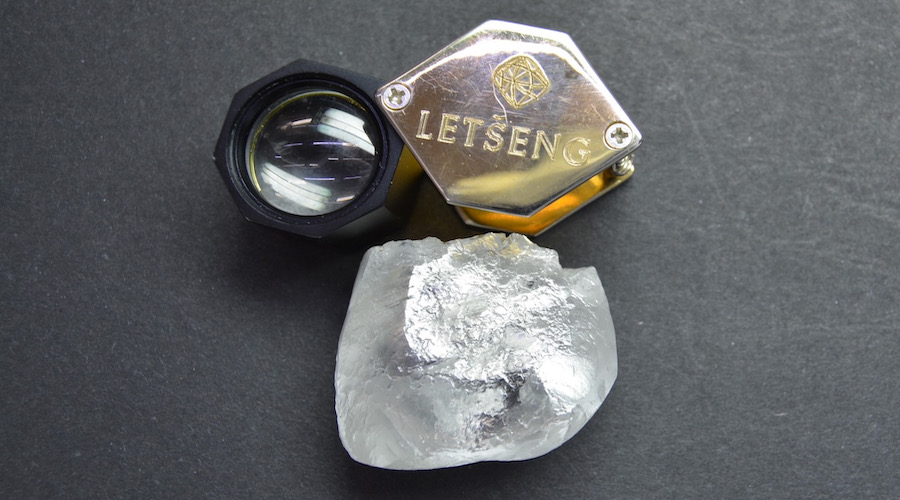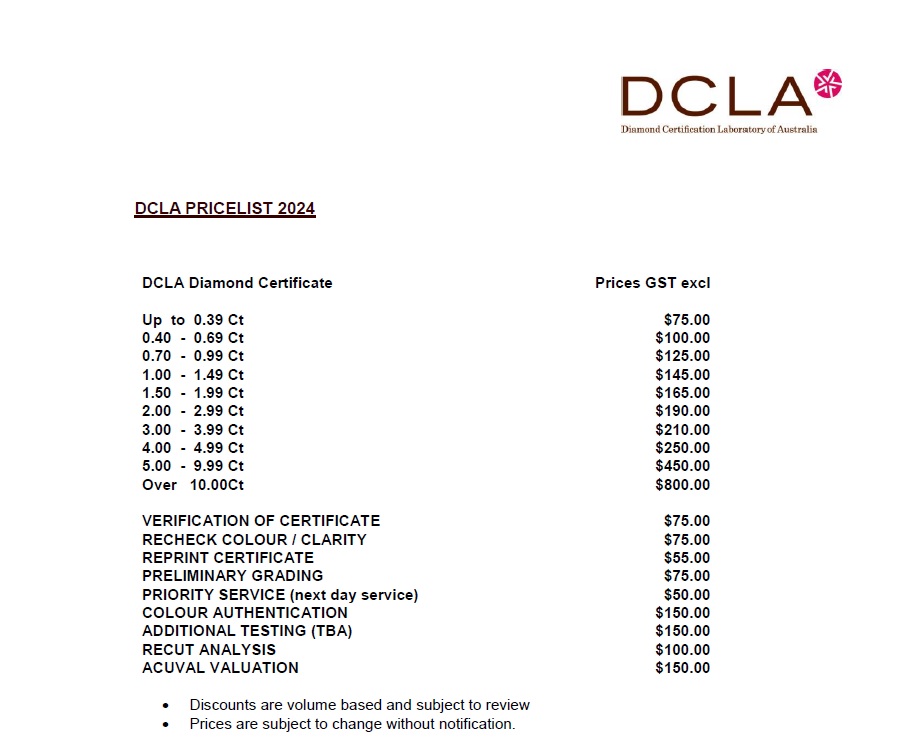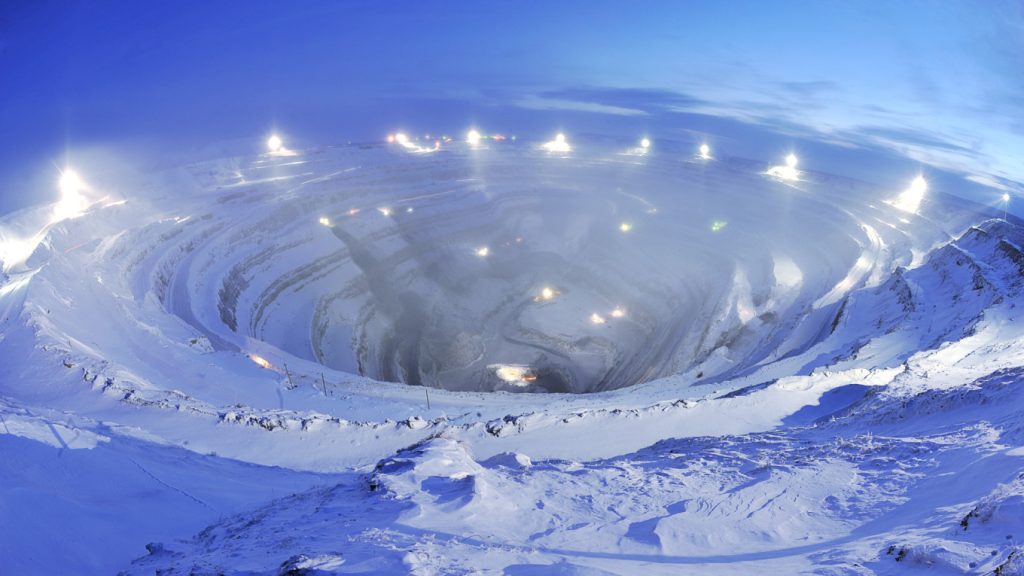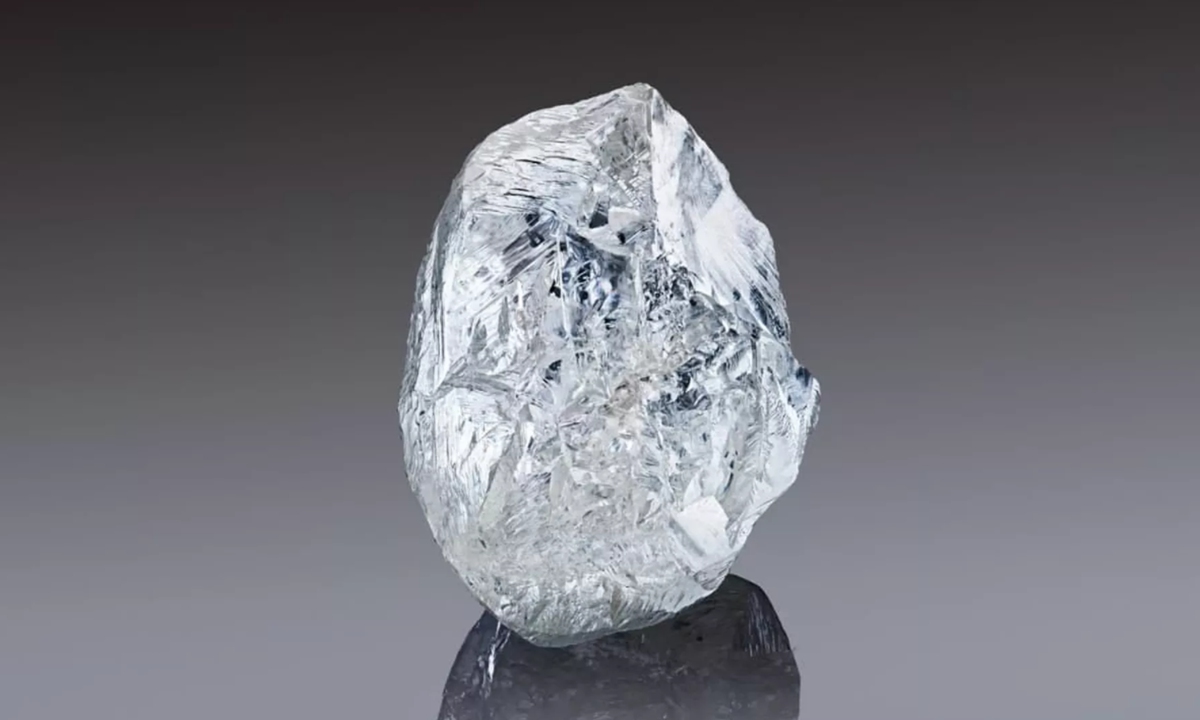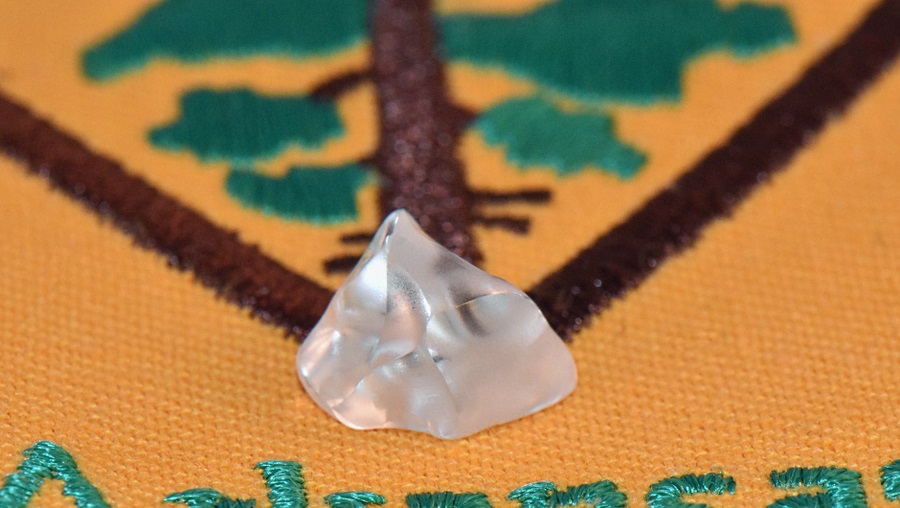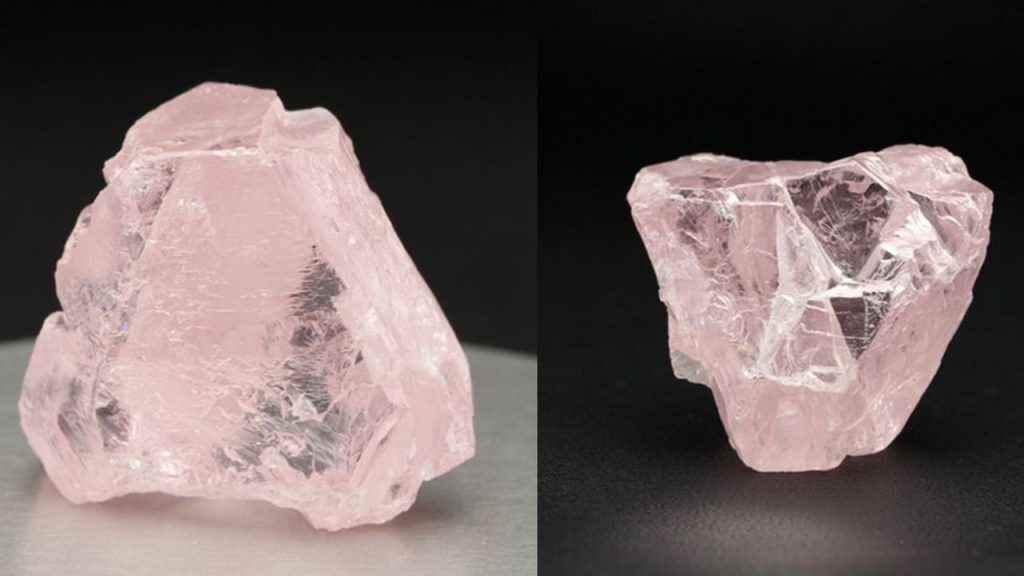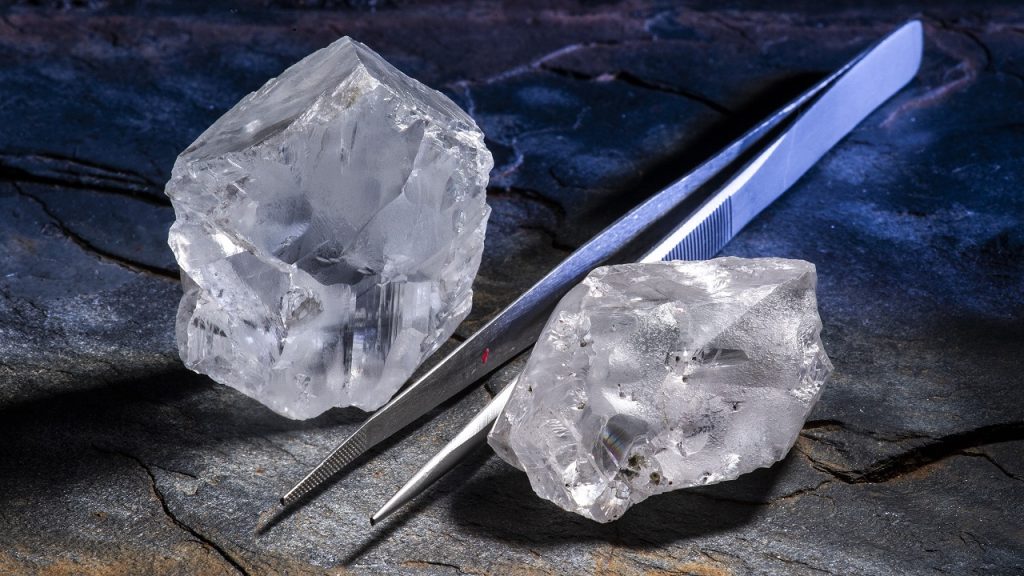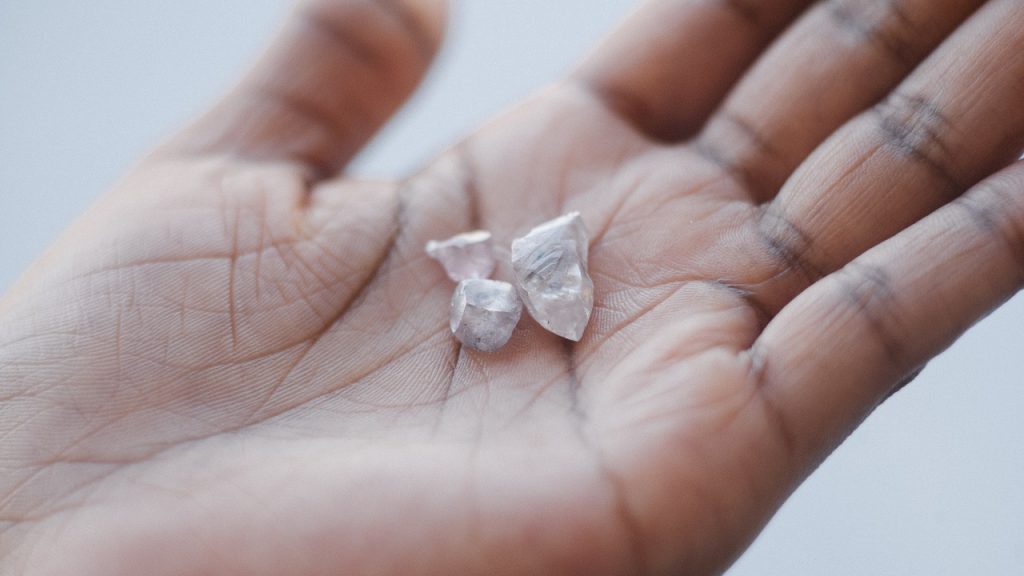
De Beers reduced rough-diamond prices by an average of 10% to 15% at this week’s sight, aiming to stimulate sales and bring its rates more in line with the rest of the market, sources told Rapaport News.
The miner lowered prices by 5% to 10% for rough under 0.75 carats, with thinner or no reductions for the smallest items that produce melee, sightholders and other market insiders said Monday on condition of anonymity.
Rough weighing 0.75 to 2 carats saw reductions of approximately 10% to 15% on average, while prices of 2-carat and larger goods dropped about 15%, the sources added.
Select makeables — the 2- to 4-carat rough stones that produce SI2 to I2 diamonds — fell more sharply, with estimates ranging from 20% to 25%. This reflects the impact of lab-grown competition on mid-market US demand in the past year, sightholders explained. De Beers does not comment on pricing.
De Beers tends to sell less volume during a downturn and reduce prices only once the polished market has improved. The RapNet Diamond Index (RAPI™) for 1-carat diamonds slid 21% in 2023, the worst year on record for the category, but sightholders reported a moderate uptick in US demand since the holiday shopping season began, though Chinese orders remain weak.
The global market also stabilized as a result of India’s two-month voluntary freeze on rough imports, which ended December 15.
“[In the past, De Beers] didn’t want to change prices because they didn’t know [what the state of the] polished [market] was,” one of the sources commented. “They have an idea where polished is now, and have adjusted rough to polished.”
However, several sightholders said the drops did not go far enough, with De Beers’ prices still above those of outside tenders and auctions and also too high for many manufacturers to make a profit.
Even with the price reduction, the sources expected demand at the sight to be limited, with sales of around $300 million. The trading session, De Beers’ first of the year, began Monday and runs through Friday in Gaborone, Botswana.
Source: Diamonds.net

